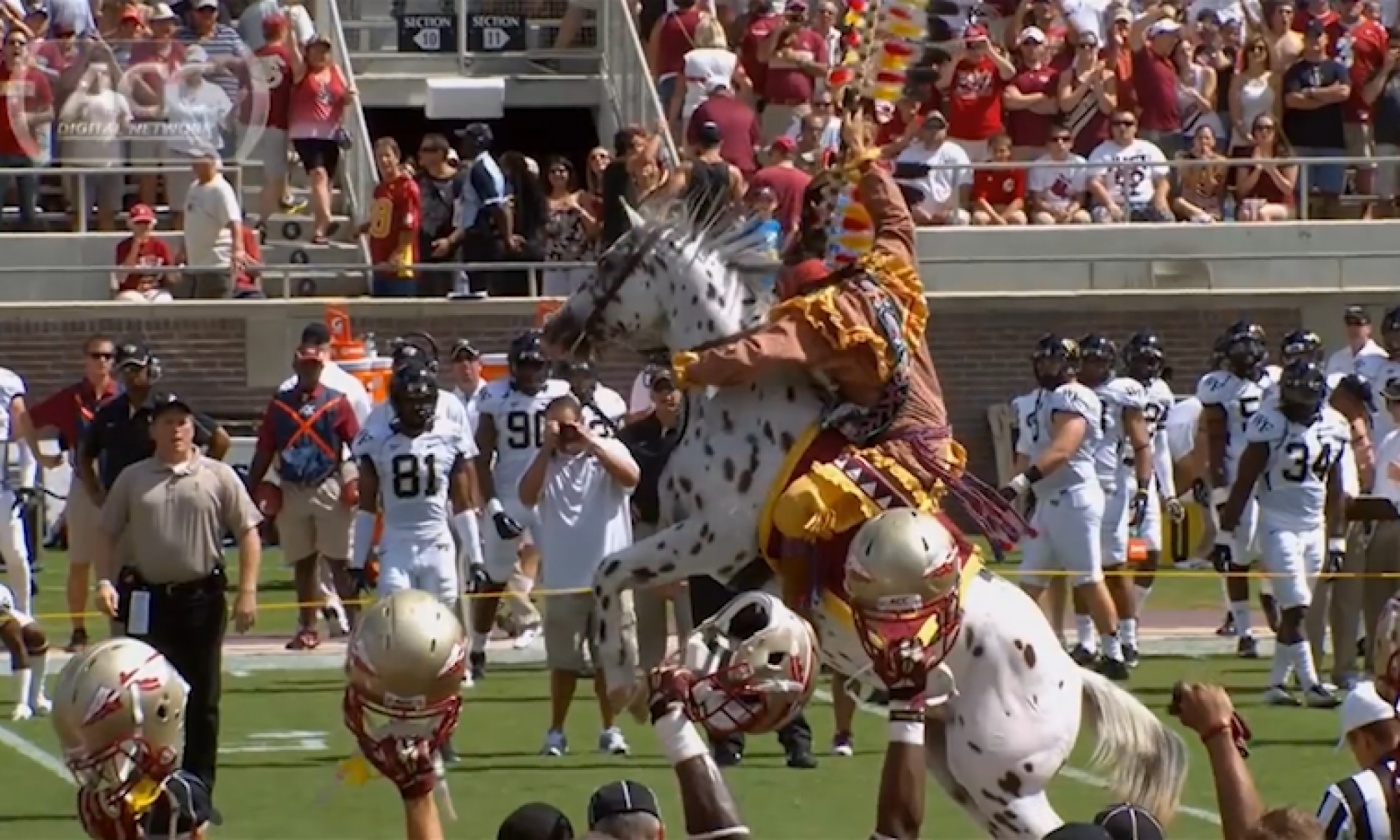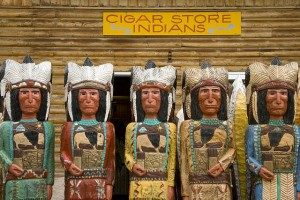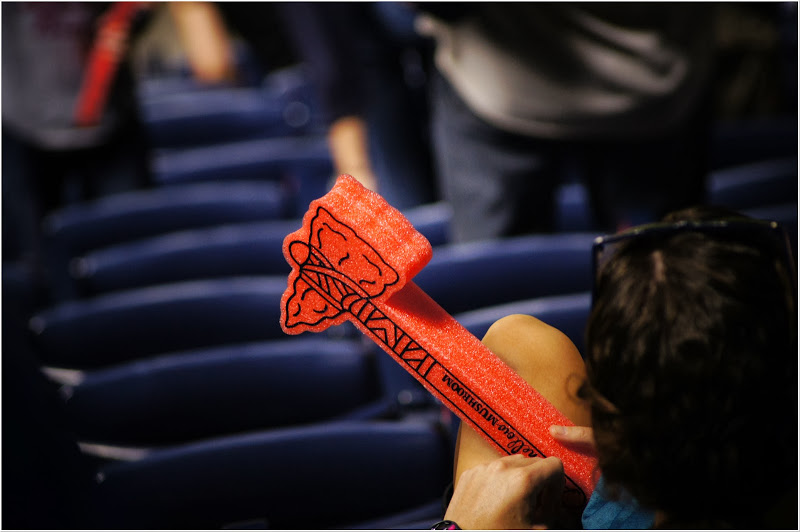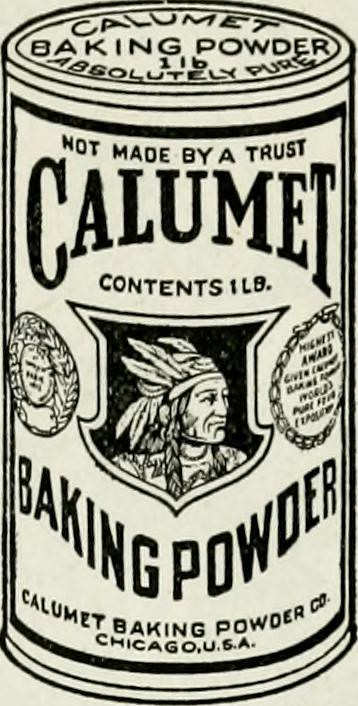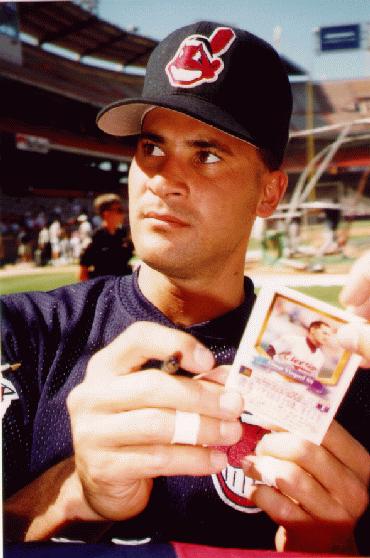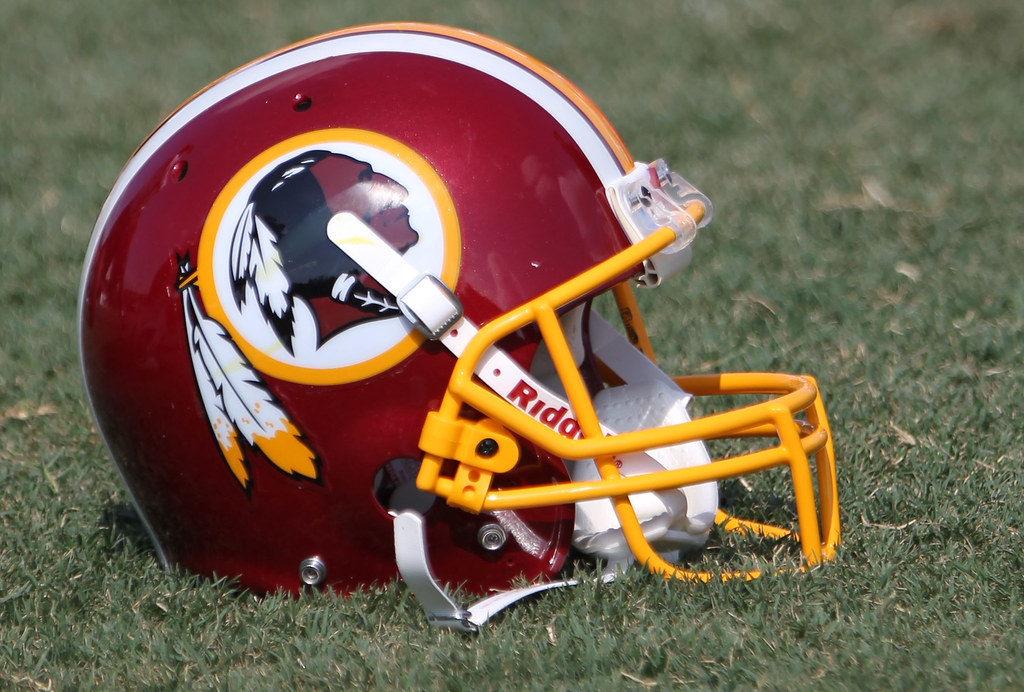We see references to Native Americans everywhere in our society and culture: sports, schools, Halloween, Thanksgiving and music festival season. As Americans, the majority of us are so desensitized to these references of Native Americans in our daily lives that we don’t even notice how these images and uses of cultures are so dehumanizing to tribal peoples and those who identify as American Indian.
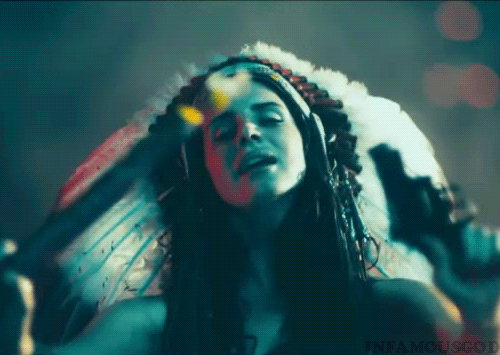
Our great country was literally founded on the presence of American Indians, which is ironic to award-winning journalist, author and professor Dina Gilio-Whitaker.
“It’s freedom of expression, it’s freedom of speech, freedom of religion, freedom of everything in this country, so freedom to appropriate as well,” Gilio-Whitaker said.
“America has always defined itself against American Indians. America wouldn’t be the America that it is without Indian people.”
Appropriation of American Indians includes even the most seemingly innocent of activities, including elementary school pilgrim and Indian costume parties for Thanksgiving to nursery rhymes.
“American culture is infused with Native culture whether it realizes it or not,” Gilio-Whitaker said.
Gilio-Whitaker identifies with the Arrowlakes people within the Colville Confederated Tribes. She argues in her works that American Indian culture, as well as the dehumanization of these peoples, is ingrained in American culture. The majority of Americans are so desensitized to certain images, uses and words having to do with American Indians that the problem of appropriation and dehumanization continues to exist.
If we take a moment to consider these images and uses of American Indians in our everyday lives and culture, it is actually astounding to notice how this appropriation is all around us, all the time.
Hover your mouse over the images to zoom in and out of photos and learn the history behind a few famous examples of Native American imagery.
Mato Standing Soldier, a junior at the University of Southern California who identifies with the Oglala Lakota Sioux Tribe, credited Americans “sensationalizing” native indigenous culture as the main reason for these kinds of appropriation.
“I would discourage it wholeheartedly. We’re not a costume you can put on,” Standing Soldier said.
These kinds of images and uses of American Indians may seem like no big deal to many of us, but that’s exactly the problem. This appropriation of American Indians can have a big and negative effect on those who do identify as American Indian.
“Growing up I dealt with a lot of confusion and anger. Why was there a team called the Redskins?” Standing Solider said.
“That’s how they would scalp us back when they were colonizing America.”
Yet, it is clear that not everyone sees Native American sports mascots in the same harmful manner, as is the case for Patrick Skrine, also a junior at USC and a lifelong Chicago Blackhawks fan.

“Part of what makes sport so fascinating and easy to love is the rich history and tradition. That logo has always been there,” Skrine said of the Blackhawks team logo.
“It shows how despite different players playing for the Hawks a hundred years apart, they both wore the same unique jersey.”
Skrine’s justification for symbolisms that may be perceived as racist or appropriated extends past his favorite hockey team to include other teams that sport Native American imagery as well.
“I do not believe the Blackhawks logo is racist, and it’s not just theirs that I defend,” Skrine said.
“I don’t think the Redskins is racist, nor Florida state Seminoles, nor the Cleveland Indians. I understand the opposing argument though. These organizations are profiting off the image of what is often a Native American stereotype; however, there is a unique story as to how every pro sports team got their logo.”
Skrine isn’t wrong about sports history- there is definitely a unique story behind every team’s logo, whether it’s good or bad. Fortunately for one of these teams, the use of Native American imagery could be deemed a success story.
Florida State University established the iconic Renegade and Chief Osceola football tradition in the late 1970s with the help of Bill Durham, an alum who sought the guidance and approval from the Seminole Tribe of Florida. The war paint and clothing Chief Osceola dresses in for football games are authentic and meaningful to the Seminole Tribe, and the student chosen to portray Chief Osceola must stay in contact with Tribal members to ensure he is respectfully upholding the rich traditions of the Seminole Tribe.
Caroline Nava, a senior at FSU, said she believes the University does its due diligence to honor and respect the Tribe by giving the members credit and recognition at school functions and sporting events.
“FSU definitely works hard to make it known to us the importance of the Seminole Tribe and how we should respect them. There are certain things that are banned for us to wear- headdresses, face paint,” Nava said.
In 2005, the Tribe further affirmed its support of FSU’s Seminole imagery with a written declaration of support and the University website states that it will not “engage in any activity that does not have the approval of the Seminole Tribe of Florida.” The site also notes that the University does not think of its Seminole logo as a “mascot.”
”Florida State does not have a mascot. Instead, we have the honor of calling ourselves ”Seminoles” in admiration of the only Native American tribe never conquered by the U.S. Government.”
https://unicomm.fsu.edu/messages/relationship-seminole-tribe-florida/
Although some may still not approve of FSU’s use of Native American imagery, Nava said she doesn’t see a problem as long as the University continues to work with the Tribe.
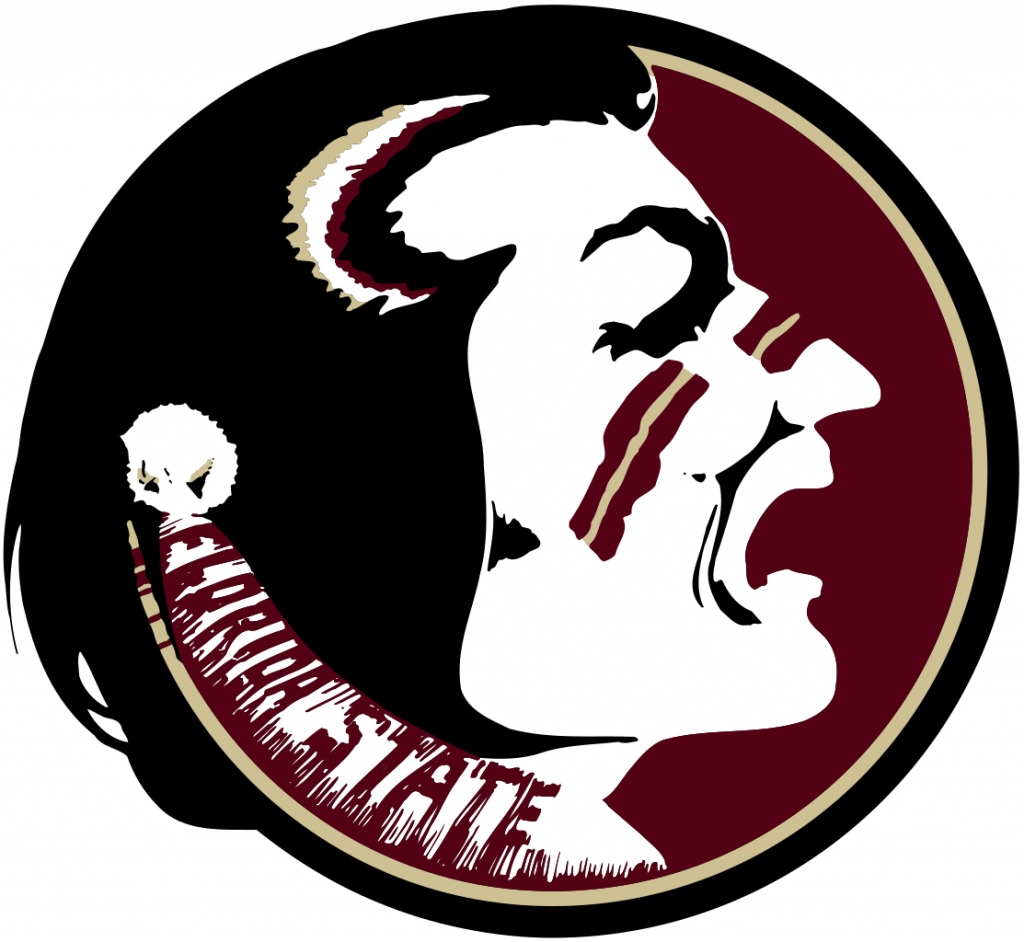
“I know it’s a bit of a controversial topic, but it doesn’t bother me at all. If FSU works hard to not only properly communicate and work well with the Seminole Tribe of Florida, but also to respect and honor them, I am definitely not bothered,” Nava said.
“The way I see it, if I’m not part of the Seminole Tribe and they have no objections, who am I to tell them that they should be bothered by it?”
Even so, sports and school mascots are the perfect example of the inequality that exists between American Indians and all other peoples in the United States. There are no black, Asian, Hispanic or Latino mascots, but somehow using images of American Indians is deemed acceptable.
“If you were to use the cultural images of any other ethnic group in the United States, especially black people, it would never be tolerated- and it isn’t,” Gilio-Whitaker said.
“If you were to try and name sports team mascots after like, the Fighting Mexicans, or the Fighting Jews, or whatever you can think of, it just wouldn’t be tolerated. It’s unthinkable.”
So why can we use American Indians?
Dr. Tok Thompson, an associate professor of anthropology and communications at USC who lectures frequently on Native American cultures, said it all comes down to one word: hegemony.
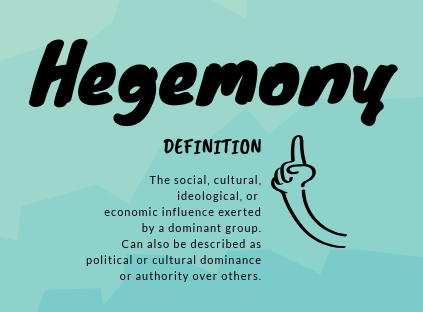
“The United States was built out of wars of invasions against the indigenous peoples. Having Native American “mascots” thus helps the U.S. take control of the representations of Indian-ness, away from the actual Native Americans,” Thompson said.
According to Thompson, it’s not mascots, Halloween costumes and music festival outfits that are the main culprit of this continuous appropriation, but rather the lack of awareness and education about Native Americans.
“Worst, probably, is the mis-representations of Native American culture, lifeways, history, and spirituality. The amount of bad information out there, from popular culture, mostly, is staggering and oppressive, perpetuating ignorance of the issues,” Thompson said.
“Seriously, education is the key. There is a sustained ignorance precisely on this topic in the U.S. generally, and certainly in our education system,” Thompson said.
There are some universities aiming to combat this “sustained ignorance”, including FSU, University of California Riverside and UCLA. These universities have strong Departments of Ethnic Studies and offer courses to educate students on Native American cultures and history. FSU has even worked hand in hand with the Seminole Tribe of Florida to create a course for educating students on the rich traditions and culture of the Tribe, titled the “History of the Seminoles and Southeastern Tribes.”
The departments at UCR and UCLA could not be reached for comment.
Thompson said he believes the best way to combat cultural appropriation and disrespect, even if unintentional, is being aware of culturally appropriated examples in our every day lives.
“Becoming an “ally” stems from knowing what is actually going on,” Thompson said.
Due to lack of education or not, it is unlikely that everyone from all corners of the United States, with so many different backgrounds, will agree on the usage of Native American imagery. But, even if Native American references and imageries are used, it is absolutely possible to do so with respect and reverence for those in our country whose ancestors were here first.
